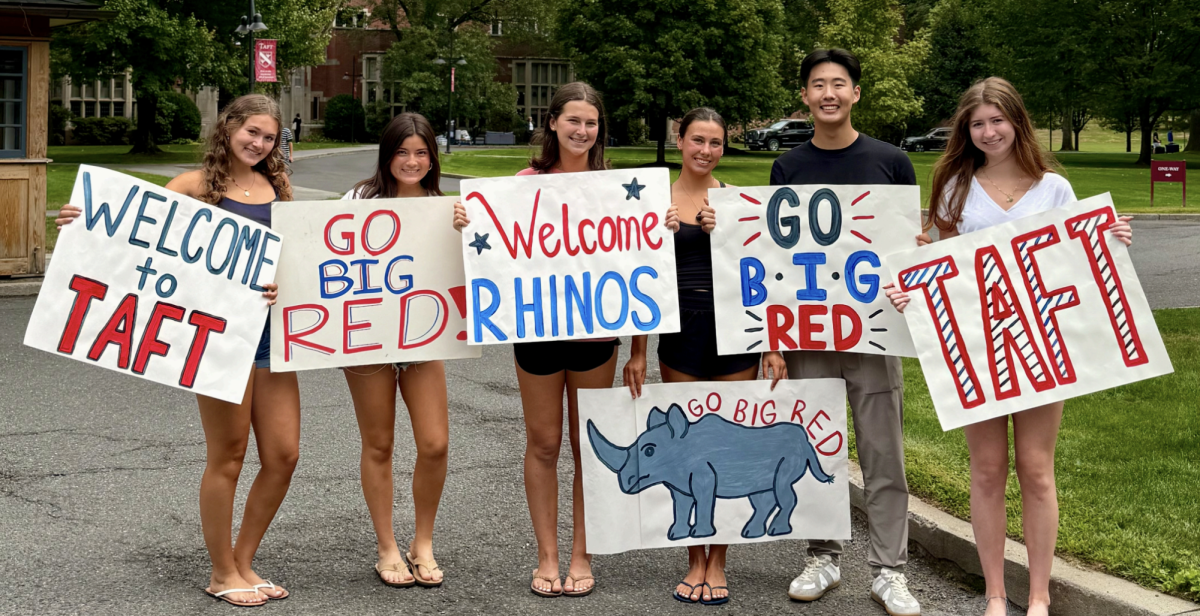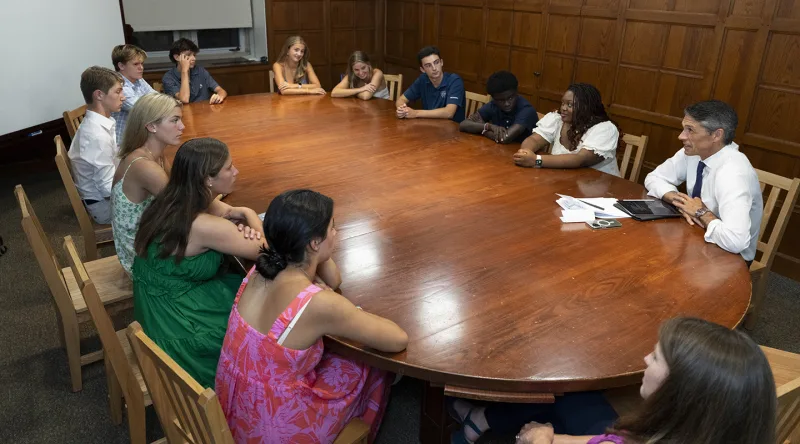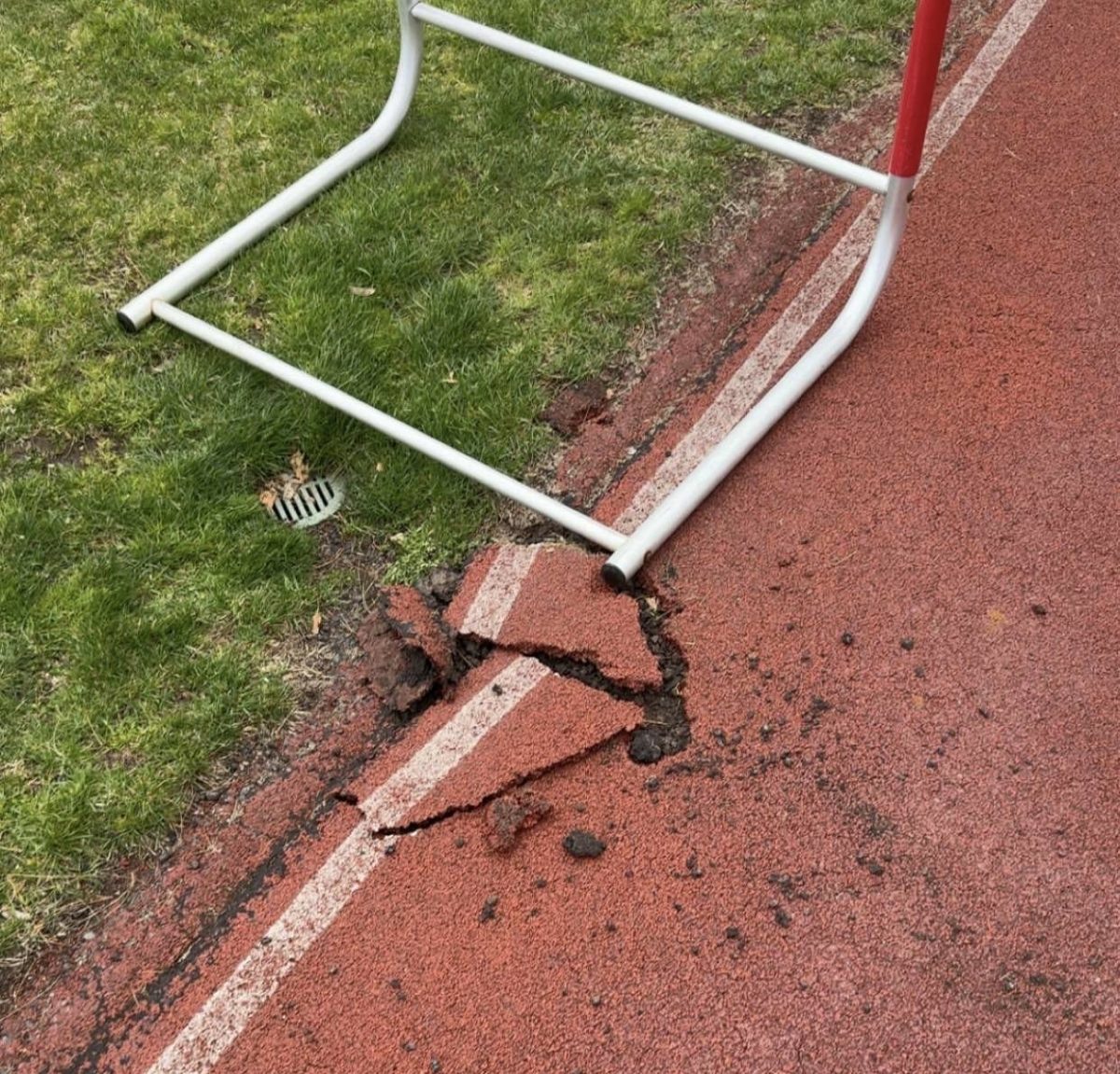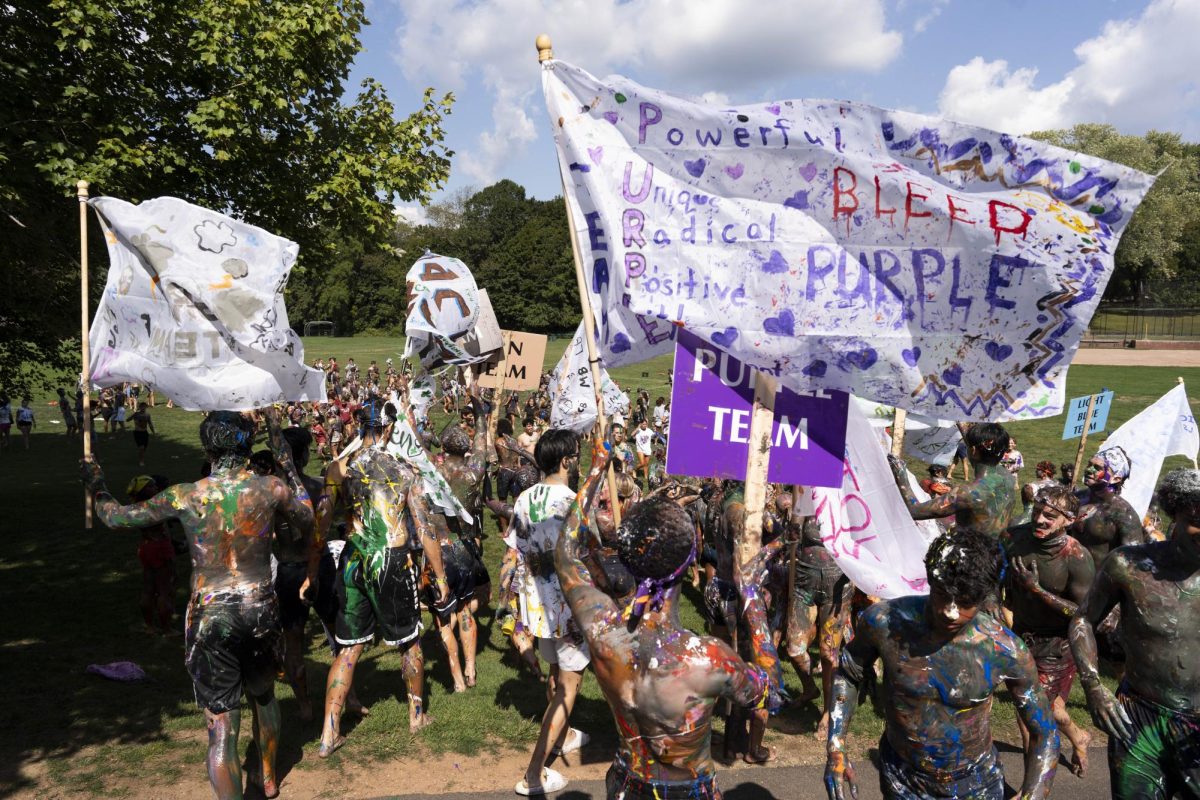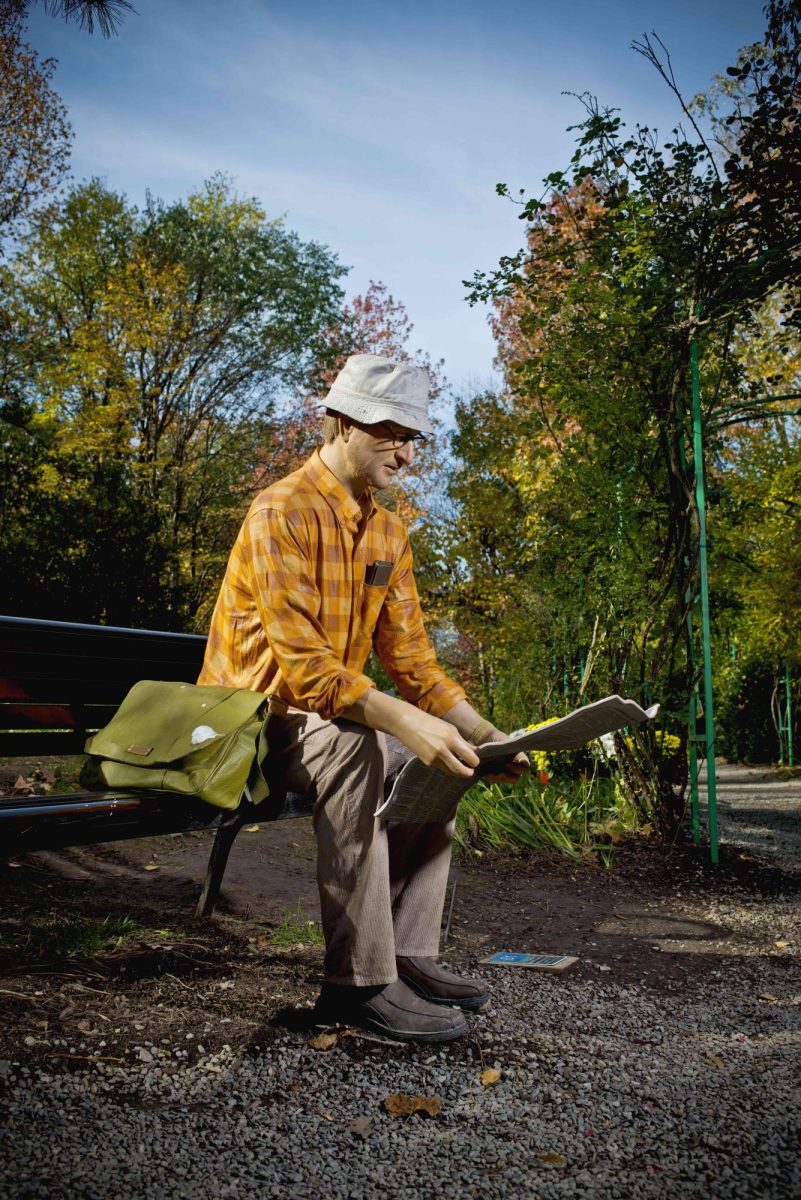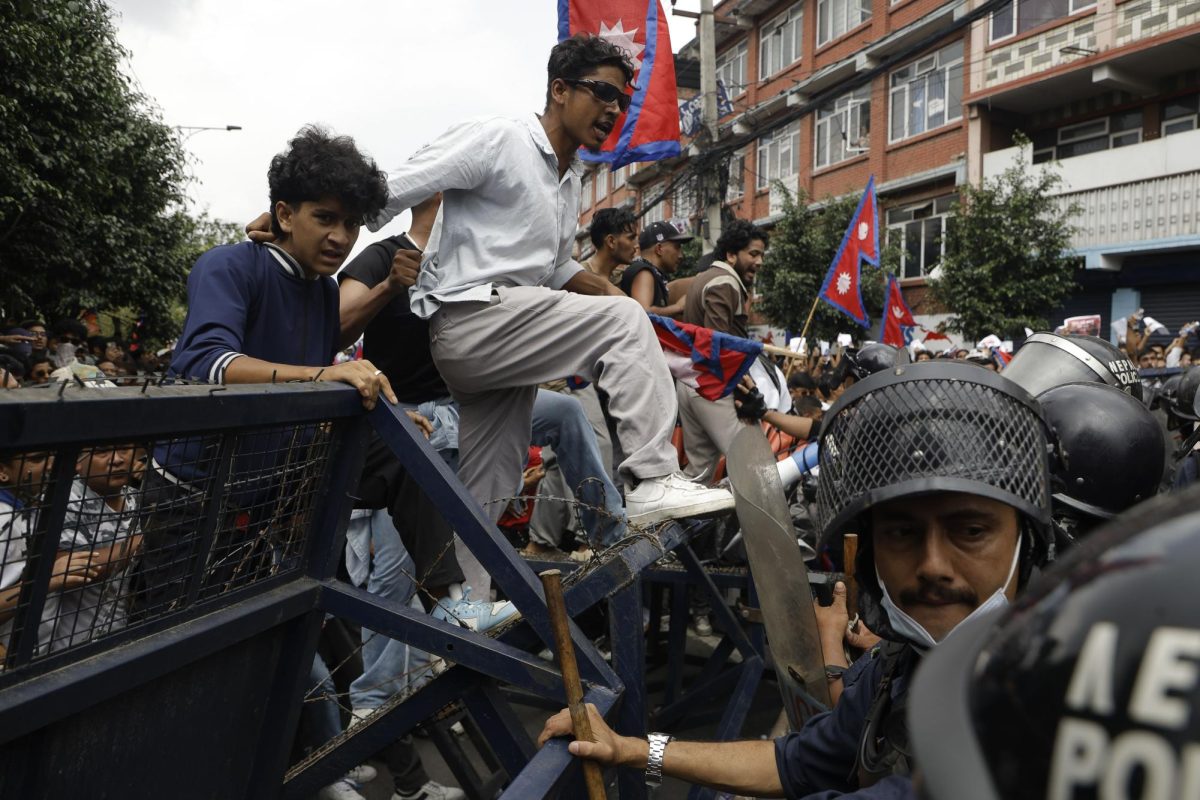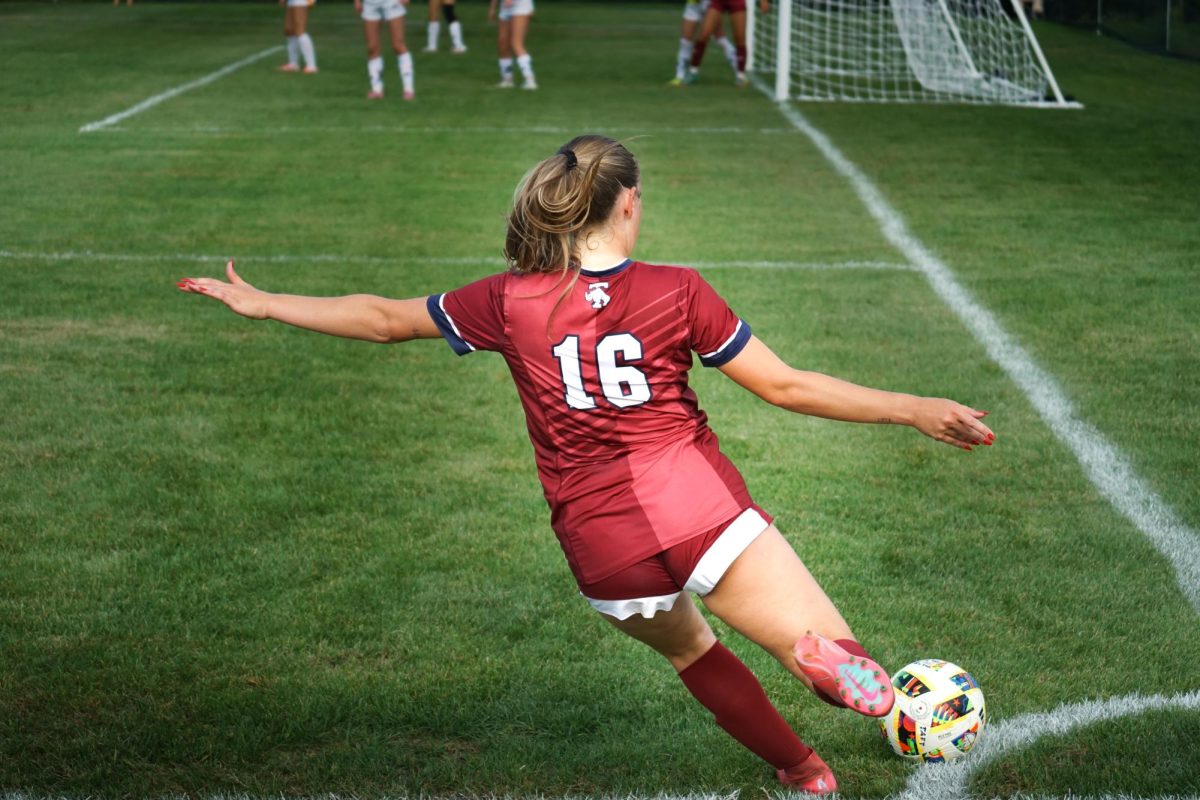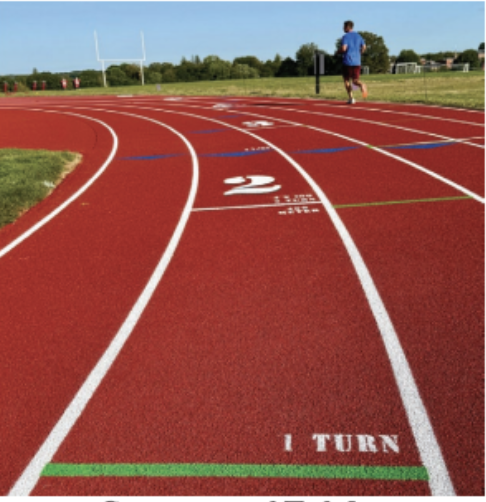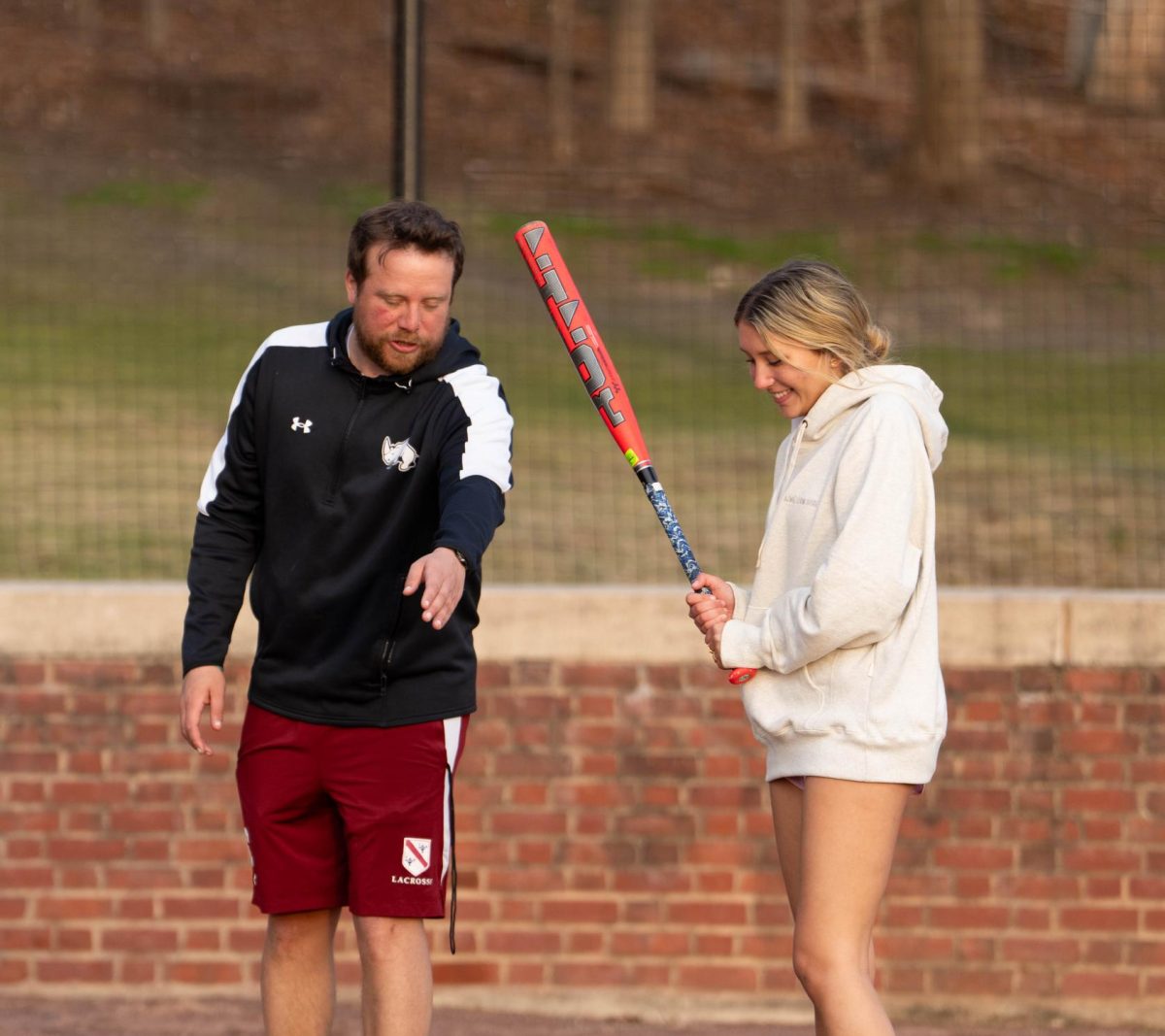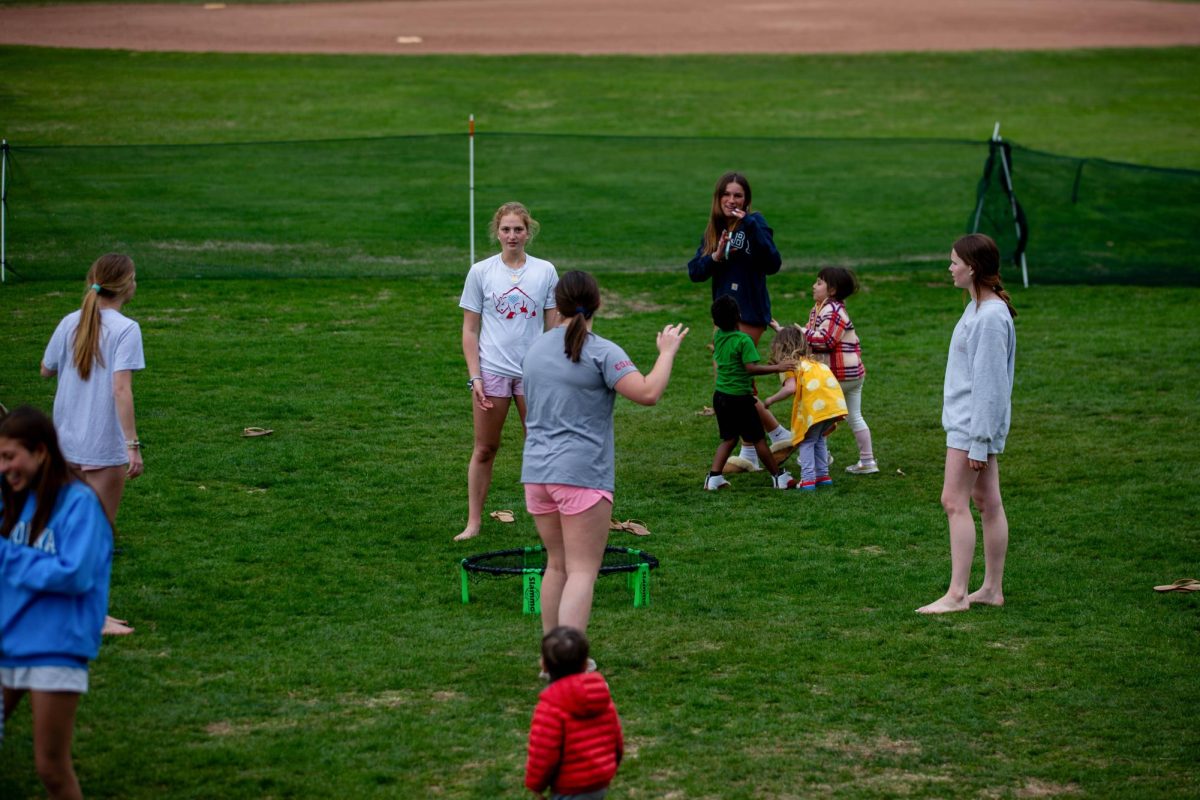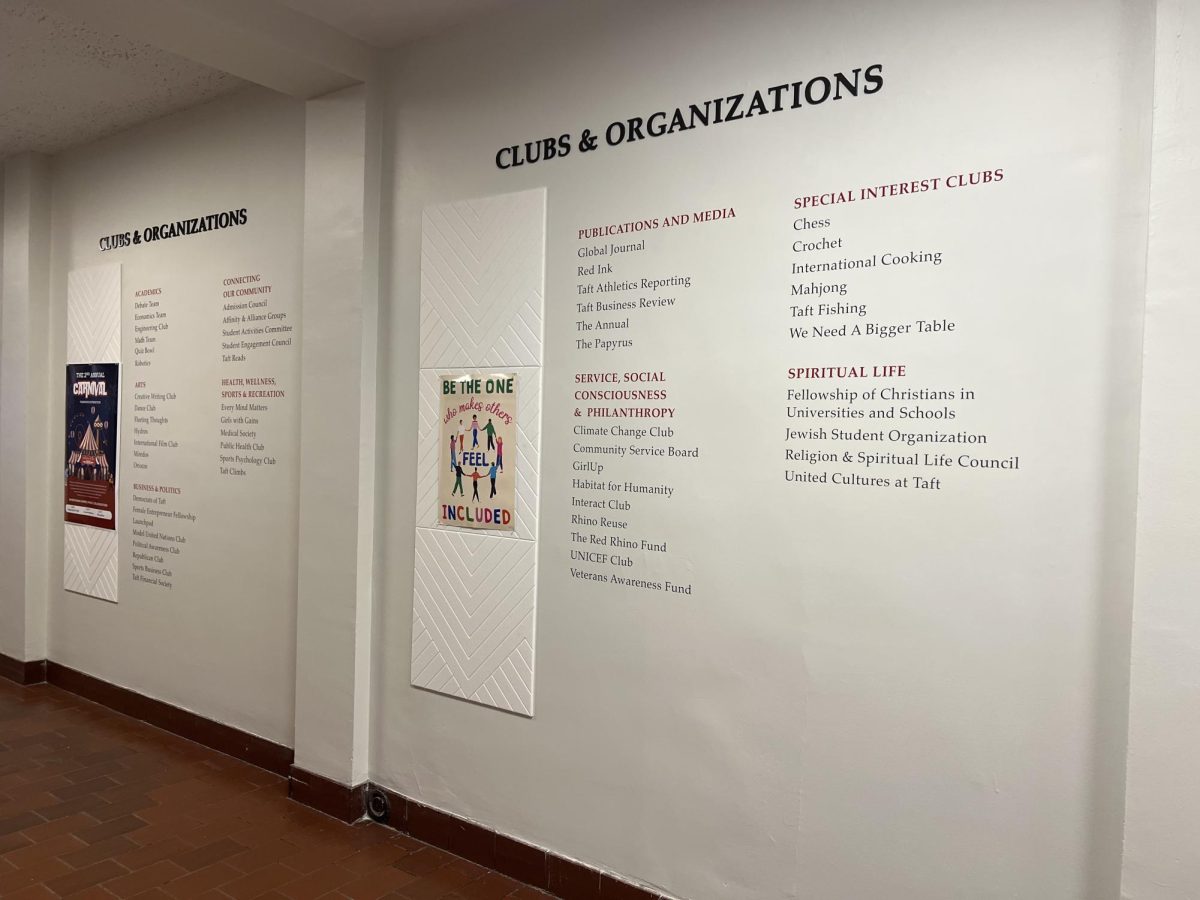Track and Field has a long and successful history at Taft, bringing together distance runners, sprinters, throwers, jumpers, and even pole vaulters into one team that competes across seventeen events. As the name suggests, the track team’s operations center around Taft’s very own Weaver Track. The athletics team page reads: “Since 1999, the boys team has trained and competed together on the Weaver Track, a state-of-the-art all-weather track and field facility”. This description was obviously written many years ago. While our track was certainly state-of-the-art in 1999, we are in a new century now, and it has felt the wear and tear of over twenty-five years of constant use.
Perhaps the dilapidated state of our track would be best described as a landscape. Once a smooth, flat plain, the Weaver Track is now a region of vast canyons and divots. Its surface has transformed from soft and springy to hard and concrete-like. When it rains, lane one becomes a beautiful series of rivers and lakes, and the back stretch becomes a floodplain. In other words, our track barely qualifies as a track anymore. It has expired. Twenty-five years is certainly pushing the limits of when a track is due to be resurfaced. It is a large investment, sure, but Taft has never been shy about spending money on other athletic endeavors. A new track would fit in perfectly with MacMullen Field or Odden Arena. Track athletes have learned not to expect equal treatment, but the ability to effectively practice and compete in one’s sport should be a guarantee, not a privilege granted only to some.
Over my four years running for Taft, I have witnessed the injury rate on the team increase steadily each year, as the surface on which our athletes practice became increasingly hard. Ironically, so far this year, I have been the only captain unaffected by injury, and I have also run the most on the road (hard, rough pavement) and the least on the track. We might as well compete on a four-lane highway. Over my four years, I have also seen that Taft Track and Field athletes are capable of incredible feats of strength and will, especially when given the opportunity to compete on facilities such as Loomis’ or Hotchkiss’. It is frankly an embarrassment to the program, and therefore the school, when one of those teams visits us to compete, and we must apologize about the state of our track.
This season, the question arose of whether or not we would even be allowed to host competitions due to the track’s damaged condition. Next year, if the track is not renewed, we likely will not. For the last couple of years, I and the rest of the team have been promised that this crucial renewal would be happening this Ssummer before the 2025–2026 school year. However, at the beginning of this season, we were told that this was not the case. It seems the funding simply is not there. Despite the cost, the renewal of the track after over twenty-five years should be non-negotiable. The athletes of boys’ and girls’ track teams have given the program their all despite the declining conditions, and they deserve a return on their investment. Taft’s Track and Field program simply cannot survive another year of neglect.
This problem has not gone entirely unnoticed by the administration. Although funding from the school is no longer promised, the administration has begun taking steps towards fundraising for the track’s renewal and is accepting donations. The purpose of this article is not to beg for money, but to spread awareness about an issue that can and must be addressed through community support. By spreading the word, finding donors, and holding the administration accountable, we can save Taft Track and Field.

